Main navigation
What are cord blood stem cells?
The umbilical cord is a tube-like structure connecting the foetus to the placenta in the mother's womb, providing nutrients and removing waste from the baby. Cord blood, which is also called "placental blood", is blood that remains in the umbilical cord and placenta following the birth of a baby and after the umbilical cord is cut after delivery. Through the science of cord blood banking, cord blood can help nurture life, long after a baby's birth and provide a source of stem cells should the need ever arise for a stem cell transplant. This is because cord blood is a rich source of stem cells known as haematopoietic stem cells (HSCs). These HSCs are primarily responsible for replenishing blood and regenerating the immune system.
Cord blood stem cell transplants are used in the following ways

Replace and regenerate damaged or diseased bone marrow

Potential for cellular therapy and regenerative medicine

Treatment for blood cancers
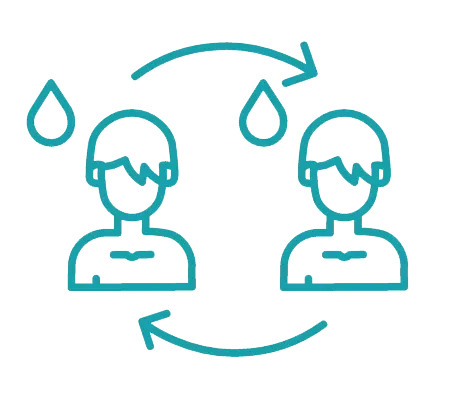
Correct genetic defects (sibling/allogeneic transplantation)
HSCs have the unique ability to differentiate into various cell types found in the blood, as depicted in the diagram below:
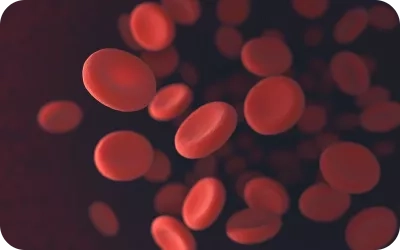
Red blood cells
Carry oxygen to all cells in the body
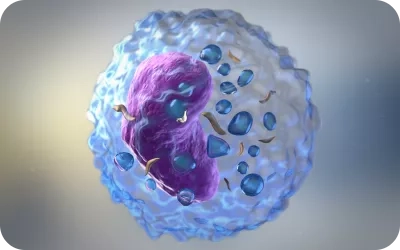
White blood cells
Fight infections

Platelets
Assist blood clotting in the event of injury
DCR No. 3321, October 2017
The future of stem cells
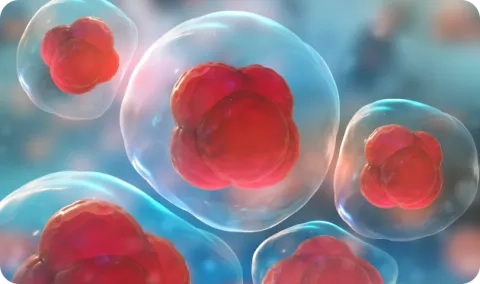
The list of stem cell treatable diseases continues to grow at a rapid pace. With the potential to become different cell types, scientists are exploring the possibility of using cord blood stem cells to treat some of the most common life-threatening diseases such as heart diseases and stroke.
Why save cord blood
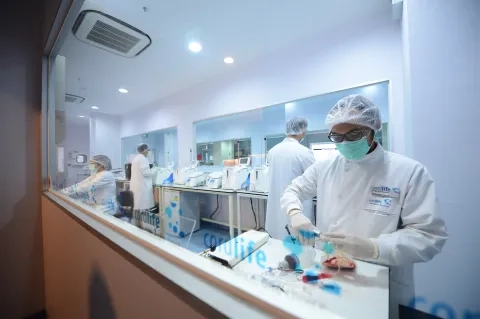
Find out the benefits of saving cord blood. Umbilical cord stem cells can grow healthy blood cells faster than other types of stem cells obtained from other sources.
Stem cell therapy

You can protect your new-born’s future by preserving her stem cells safely, in a properly equipped cell bank. Research is underway on the prevention and treatment of various diseases / conditions using stem cells.



